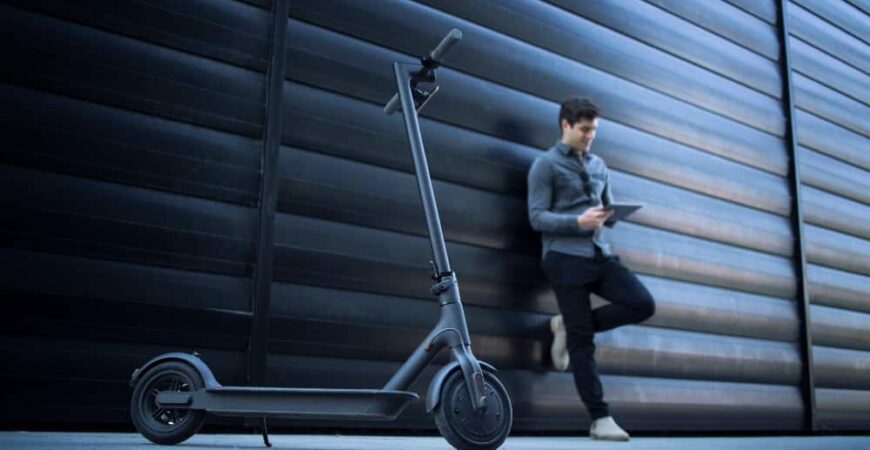Mobile data gathering did not start today: Before mobility tracking technology spread, cities intent on determining traffic movement hired transportation experts to keep tallies from corners.
Now that means of transport are much transformed, methods of collecting mobility data have equally evolved. Ridesharing, bike-sharing, connected cars, and smartphones, alongside transport access options such as smart ticketing and journey planning, have revolutionized the sector. We are indeed in the era of advanced sources of mobility data.
Understanding how mobility data is collected is crucial particularly when the world is drifting more towards horizontal mobility platforms. With volumes of mobility data under collection and publishing, we wish to discuss some of the methods that we use.
Where do we collect our data from?
1. Connected Car
Connected car data is the basis for most modern mobility services. In-vehicle data is accessible through several technical methods. Examples of approaches are the OBD-II connector, the Open Telematics Platform, and the Extended Vehicle (ExVe). None of these and the other platforms lack their pros and cons.
Currently, the ExVe standard appears to be the most popular with automakers. Unfortunately, this baseline tends to limit the relevance or capability of the OBD-II connector. Mobility service providers and other providers may also find it difficult to access the car data.
There are many sources of data within the connected car including cameras, car main computer, lidar unit, and radar sensors.
Retrieving connected car data from a majority of car brands is a treacherous process because of the lack of a primary and a lot of data divergence. Using special software, we can analyze the connected car data immediately. Some of the types of connected car data that we handle are environmental data, vehicle data, and location data.
2. Smartphones
Now that majority of the world owns smartphones, using mobility data from these devices can be quite eye-opening. During this COVID-19 season, many governments and institutions are using mobile phone data to track the status of the disease. Mobile positioning data (MPD) in the form of call detail records (CDR), signaling data, etc. is helpful in our operations.
3. Shared Mobility Services
Shared mobility services are yet another rich source of mobility data. It is an unpredictable market, but it carries a lot of data. The micromobility component is particularly active, with an increasing number of providers focusing on rental bikes, carsharing, and related services. In the cities, we are seeing more people opting to rent cars instead of buying. Consequently, shared mobility firms hold volumes of data for movement and customers themselves.
4. Scooters
A large amount of data from shared scooters can help cities optimize various benefits. As you zip to your destination within a city using a scooter, the scooter owners can collect concrete but anonymized data about your movement with prior user consent . A tool called Mobility Data Specification (MDS) makes this possible. Details and patterns collected can be useful in crafting policy decisions for a city.
5. Motorcycles
Motorcycles are also part of the mobility data trend; they are a rich source of valuable data. Under the shared mobility setups, motorcycle mobility data is accessible through a mobility program that safeguards users’ privacy and adheres to data handling guidelines.
6. Public Transport
With hundreds of millions of commuters using public transport, the amount of mobility in these networks is unimaginable. We offer data services geared towards improving the transport experience. We collect this data to help institutions and businesses to understand the numerous opportunities available in the status of the market. Armed with reliable information about the public transport network, commuters can solve the unpredictability of a trip.
7. Any Connected Device That Can Collect Mobility Data (GPS-Enabled)
People will generate mobility data regarding their movements from any GPS-enabled device in their possession. The last decade or so has seen a rise in the importance of device data. As long as the owner of a GPS-fitted device opts to share device data, mobility companies can access countless data points via the phone apps.
This kind of mobility data gives us insight into many things including:
- Whether the device user is a passenger or driver
- Type of transportation – train, plane, bike, walking, ship
- Type of device use – hands-free, tapping, scrolling
- Movement patterns of users or customers
Conclusion
Many industries and government agencies are leveraging the power of mobility data. Planning departments, insurance companies, advertising agencies, and sharing firms are just examples of partners who have found added value in data analytics from the Net4Things platform.
The sooner your organization uses our platform to connect, the more efficient and profitable will its operations be. The Net4Things Mobility Platform can be adapted to different sources. For instance, if a city wants to create a new mobility platform that gathers all the information to plan for a more sustainable urban mobility, we can adapt to the sources they need to implement and gather info from as many as possible.
Get a partner who is capable of optimizing mobility data for your business’s success. Contact us today!







